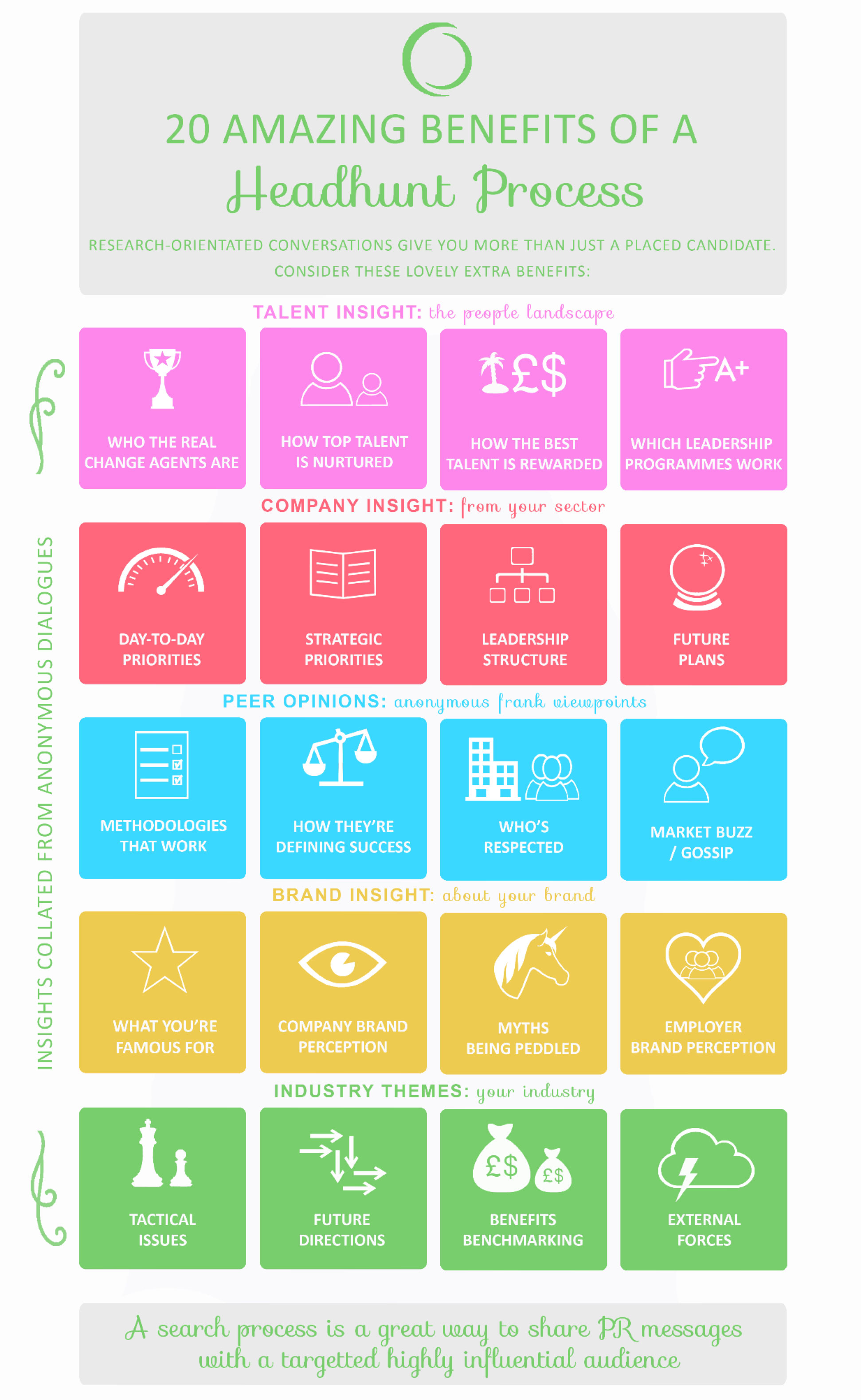What is Talent Pipelining? And Why it is a Better Option Versus Standard Recruitment
Talent pipelining is more commonly conducted by large US technology companies and is gaining popularity amongst large European businesses. However, talent pipelining should not only be available to those with internal talent teams; it is arguably more relevant to growing or evolving SMEs.

Talent pipelining is more commonly conducted by large US technology companies and is gaining popularity amongst large European businesses. However, talent pipelining should not only be available to those with internal talent teams; it is arguably more relevant to growing or evolving SMEs. Moreover, it can be outsourced, in part or full, to a search or sourcing consultancy which can work in a way that grants you as much or as little involvement in the assignment as desired.
In short, it is ahead-of-need talent pooling as opposed to point-of-need recruitment or search. Some specialists call it “relationship recruiting” as richer dialogues take place over a longer time period, say from two months to one year, ahead of a vacancy being confirmed. Once that requirement is confirmed, warm, interested contacts are brought into a process quickly and offers are made promptly. Indeed, candidates are dis-incentivised from putting themselves ‘on the market’ if decent career relationships are ready formed. This saves budget-holders from having to address counter offers.
So, once the position budget is secured, you can act much, much quicker given the research, the attraction, the relationship building and assessment that has already taken place. Given that extensive commitment is not required from the target, conversations can be more open and disclosures can be fuller. Therefore, seemingly lighter touch pre-qualification and assessment can, in fact, be richer.

It is a more dynamic option versus search or recruitment as the approach arguably lifts stakeholders involved towards more forward-thinking mind-sets. So, instead of querying the short-term, stakeholders connect future hiring directly with business targets. And if you’re commissioning the talent pipelining, you are leading those leadership-level discussions. Hiring managers really appreciate how it grants them more control of their expected agendas and succession planning.
Talent pipelining isn’t a short term strategy; however, versus search and advertisement-led recruitment the ROI is greater with regards to cost, time and quality.
About the author
Having started his career in Executive Search in 1998, Doug set up Collingwood in 2005 alongside his wife, Claire Mackay.
Read more >



